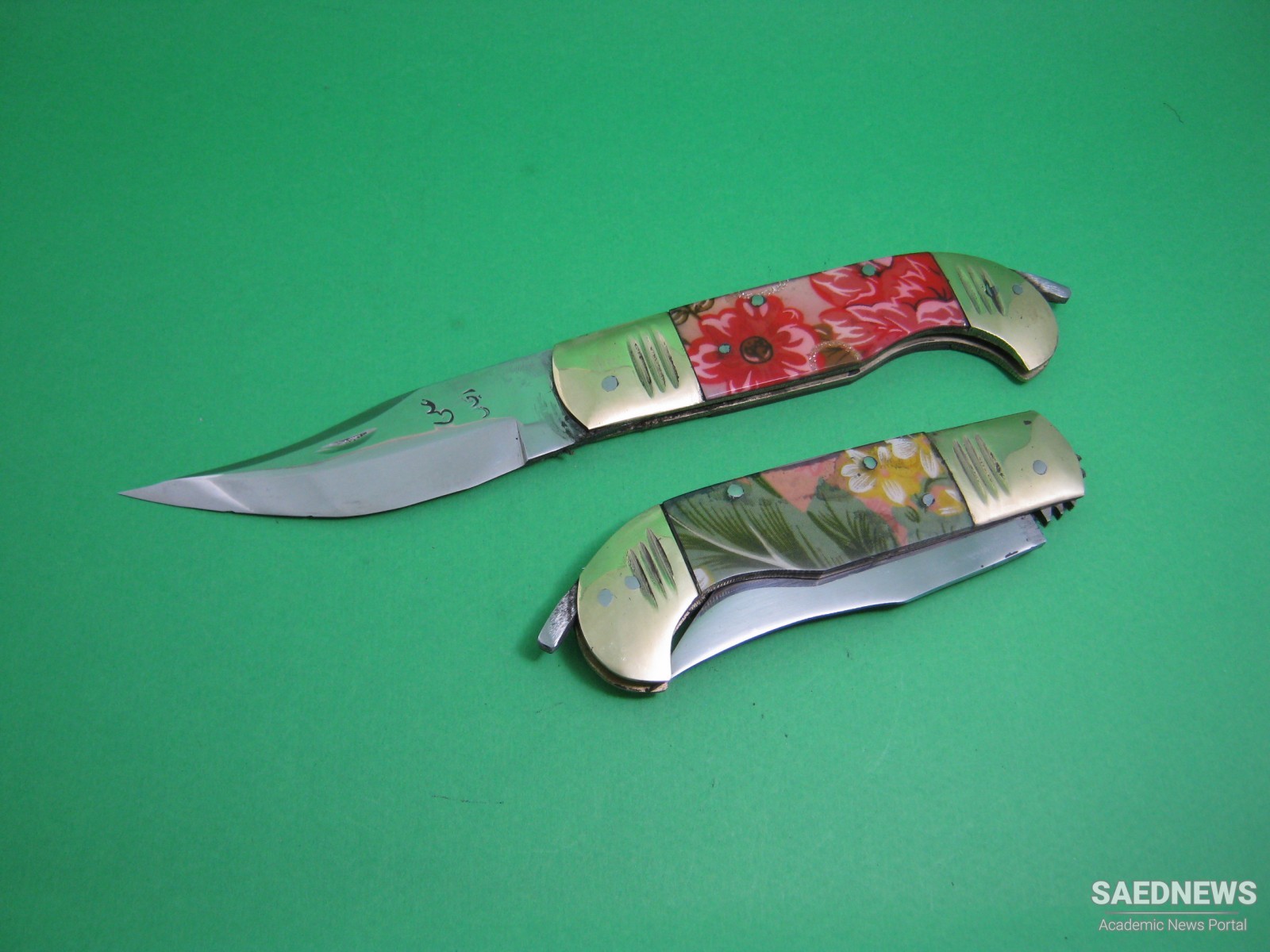Zanjan Province is located in the northwest of Iran and is divided into the mountainous and plain parts. The objects which have been found in Cave Galījīk suggest that the civilization of this province dates back to the Stone Age nearly 7000 years BC.
Major handicrafts of the province include Chārūgh (A kind of local Sandal) making, copper smithing, knife making, rug weaving, etc.
Soltānīeh Dome

Chalabi Oghli Mausoleum
Just 500 meters to the southwest of Soltānīeh Dome lies the tomb of Chalabi Oghli which was built in 12th century CE. The complex contains a tomb and a temple. The location of graves differs from similar tombs as the Sultan is buried in the center and his followers are buried around it according to their hierarchical positions.
Kataleh Khūr Cave of Garmāb
The cave is located 140 km to southwest of Zanjān near the village of Garmāb, in the southern foothills of Mount Saghezlū. There are beautiful stalagmites and stalactites in different colors there. The skeleton of a four-feet animal which has changed into a Calcite fossil has been found.
Dash Hassan Caves
These caves are located 10 km southeast of Soltanieh nearby Vīr village. They are rectangular caves with a depth of 400 meters, the widths vary from 50 to 300 meters. Inside the main cave there are 3 other caves with beautiful carvings of symmetric dragons with a length of 3.5 meters. On both sides floral designs and Arabesques can be seen. They have been carved by Chinese artists who were brought to this land under the order of Oljeitu (1296-1304), the Mongolian ruler of the time. Different works of art belonging to Sassanid (224-651) and Il-Khan (1256-1335) periods have been discovered at the site.
Sojās Village
The village is located near the town of Khodābānda, 17 km to the town of Gheydar in a plain. The village has a dry, cold climate and is divided into two halves by Sojās River. The old congregational mosque, the mausoleum of Emāmzādeh Ebrāhīm and Hosseynīeh tomb are among the most visited sites.
Rakhtshūr Khāneh Structure
Rakhtshur Khaneh--meaning washhouse-- has been built in the center of the city in an area known as Bara Jamal Choghūri. The structure was established 150 years ago by two masons Mashhadi Akbar and Mashahdi Esmāīl. The stones of the structure were carried from a stone mine in the village of Ajdarhātū. The structure includes two parts. The first part was the managerial and the second was the washhouse itself.
Zanjān Congregational Mosque (Jama Masjid)
Alternatively called Seyyed Mosque, the structure is located in one of the old districts of the city. The mosque was built in the 18th century and includes 4 verandas.


 Ardabil the Land of Honey, Bowl Kebab and Natural Spas
Ardabil the Land of Honey, Bowl Kebab and Natural Spas














































